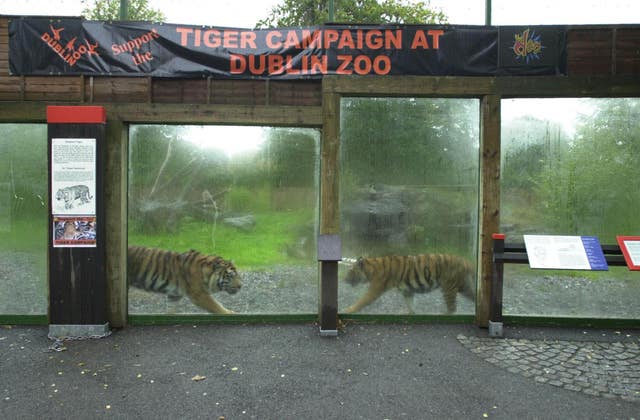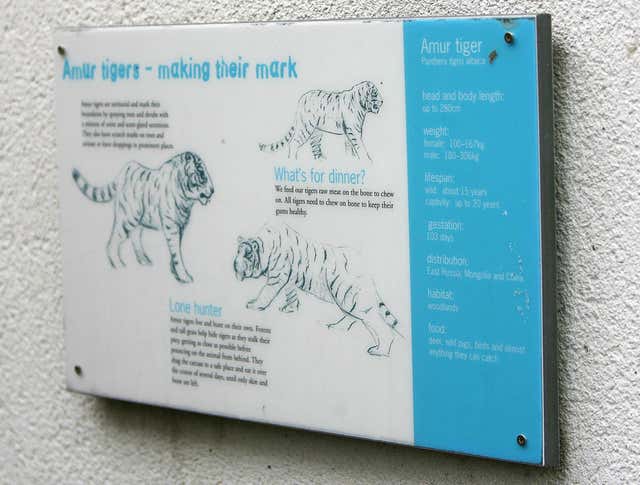Dublin Zoo is set to embark upon a 30 million euro (£27 million) investment plan in new habitats inspired by the wild over the next decade.
The 187-year-old zoo has created a masterplan document setting out the direction for the popular attraction between now and 2028.
Director Leo Oosterweghel described the plans as hugely exciting.
“It’s the dream,” he said. “Every day we dream a little.”
He said he wanted to see the best possible practice and animal care in place in 10 years’ time.
“I’m excited about the fact that we’ve moved from what was a mediocre zoo to something that is now excellent and it’s going to be even better,” he said.

He said it will build on the significant improvements that have already been made such as the Kaziranga Forest Trail, the African Savannah and more recently the Orangutan Forest and Zoorassic World.
Next year visitors will have the opportunity to experience a new Wolves in the Woods habitat.
“People are fascinated by wolves,” he said.
“You’ll be able to walk through a forest and you’ll see the wolves on the far side.
“We’ve got a pack of 10 and they’re very nosy and very interesting.”
It is expected to open in May or June.
The plans also include the development of a Himalayan Forest and improved habitats for the penguins and the restoration of Cottage Ornee, the original entrance building.
Mr Oosterweghel believes investment should be made bit-by-bit rather than in one lump sum.
“There are zoos that borrow money and do 15-30 million euro projects,” he said.
“I’m not comfortable with that. I would rather each year there is a new reason to come to the zoo – maintain that solid business model, that steadiness, chip away and improve, improve, improve.”
Founded in the Phoenix Park in the 1830s, its first animals were supplied by London Zoo. During an open day to mark the coronation of Queen Victoria, the zoo attracted 20,000 visitors – a record which still stands today.
Originally named the Royal Zoological society, it was changed when the zoo received Irish Government funding.
Almost 190 years on, the zoo has more than 500 animals and employs more than 100 people.
This year the family attraction welcomed dozens of new arrivals.
Among them were an Asian elephant calf, two giraffes, three Californian sea lions, three scimitar-horned oryx calves and numerous flamingos.
The latest additions were two endangered Amur tiger cubs who were born in October.

Last year more than 1.1 million people made their way through the 28-hectare site to see the animals and gate receipts totalled 11.1 million euro.
But this year the zoo faced a more difficult trading environment.
Visitor numbers have dropped 100,000 yet the zoo remains profitable.
As a non-for-profit organisation the surplus each year is re-invested in the zoo.
The day zoo “took a hit”, but the Wild Lights experience had helped footfall.
The six-week evening event, which was piloted last year, was deemed such a success that it’s to become a fixture of the zoo.
It is expected that 240,000 will have taken part by the time it wraps up in early January, which is in addition to the daytime numbers.






